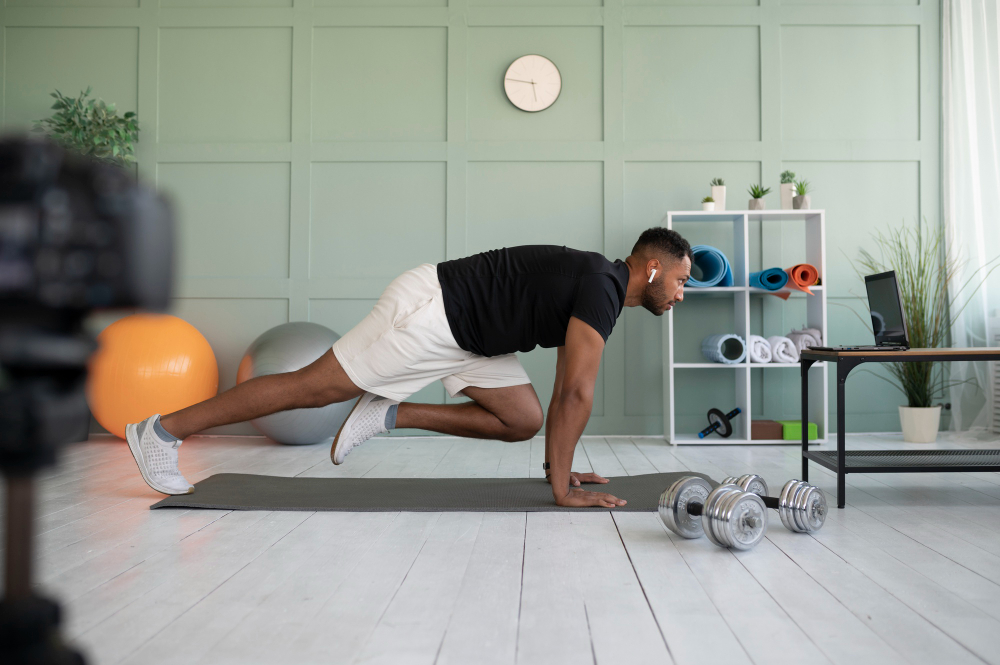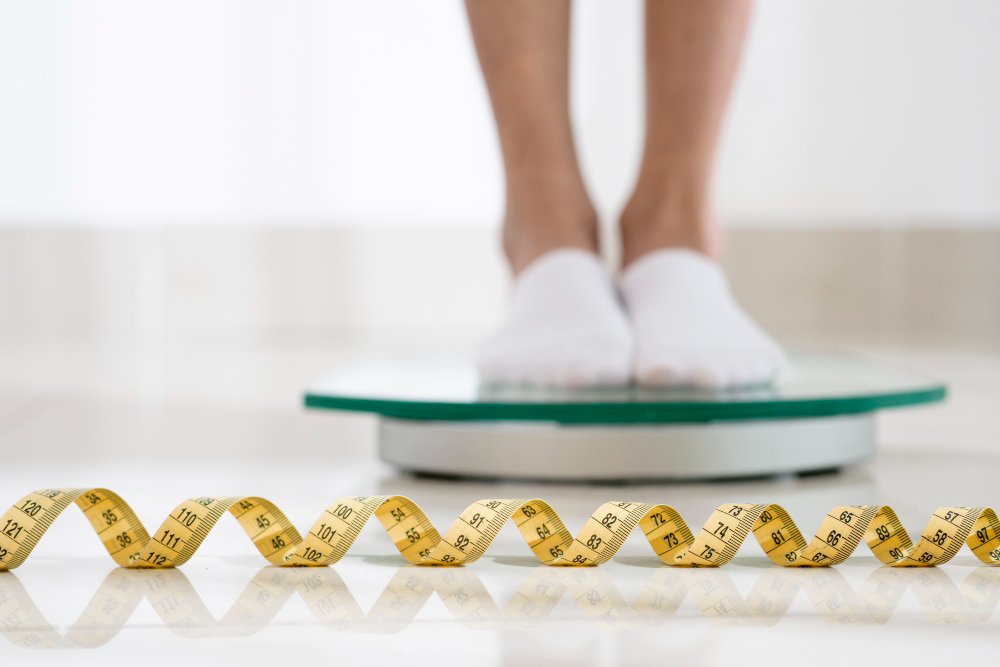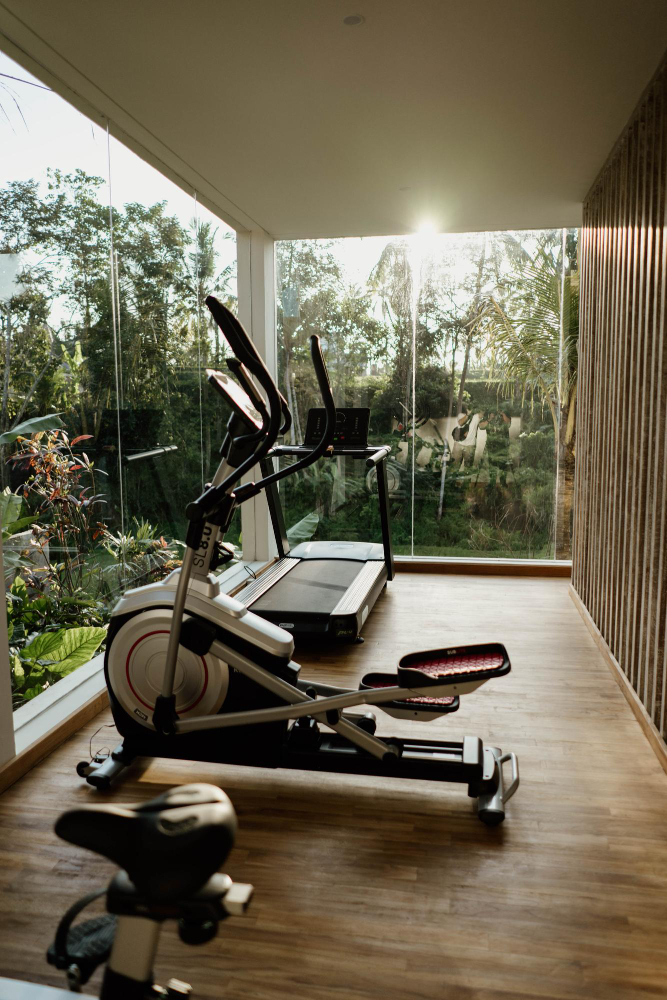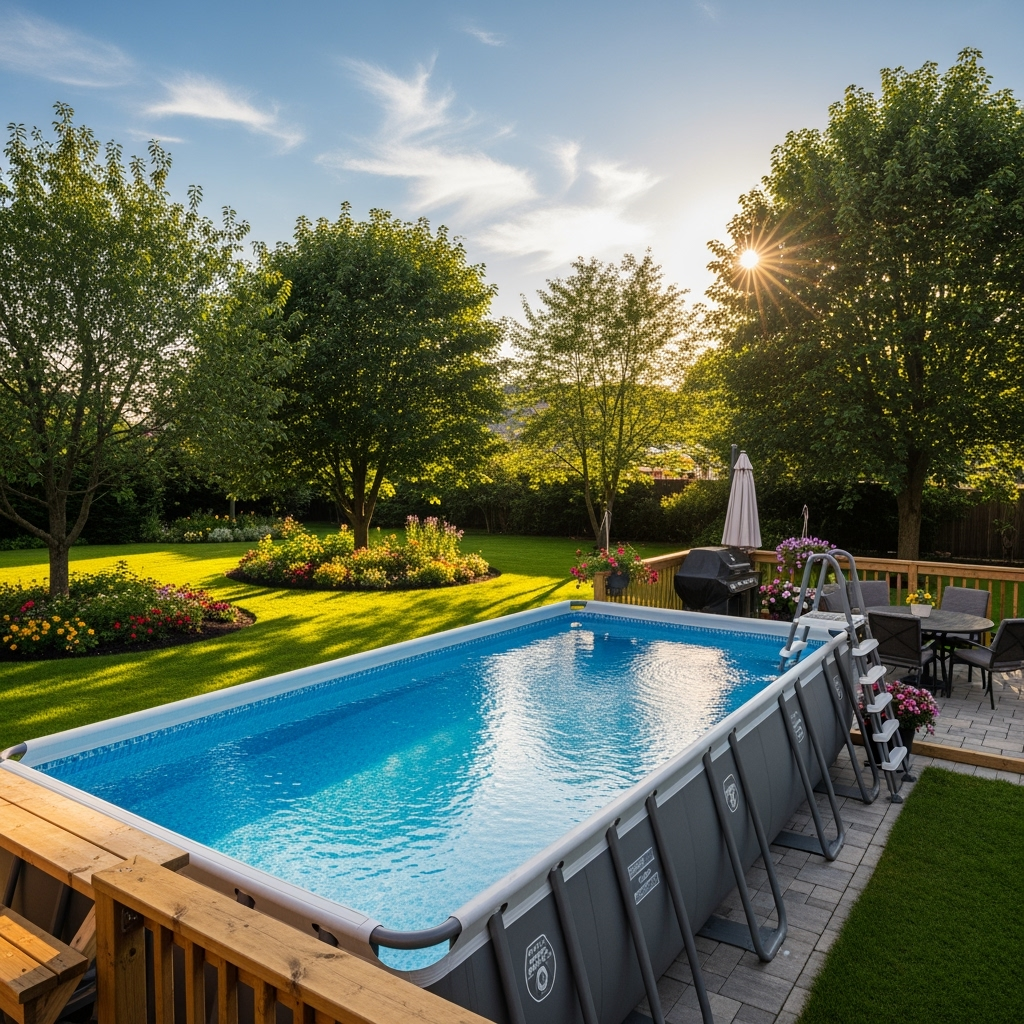Last updated on
A home gym is more than just a collection of weights and exercise equipment; it’s a sanctuary for fitness enthusiasts, a space where health goals are realized, and a convenient alternative to crowded commercial gyms
As the recent global pandemic showed us, too, it’s always valuable to be able to exercise at home in case external solutions aren’t available.
Whether you’re building a home gym from scratch or optimizing an existing space, we’ve got the tips and insights you need to create a fitness oasis right at home.
What's Inside
Choose the Right Location

Selecting the right location for your home gym is crucial. There are multiple factors to think about. For example, start by assessing the available space in your home. It could be a spare bedroom, a garage, a basement, or even a corner of your living room that you designate for your workout area.
Ideally, though, your home gym should be a private space where you can work out without distractions or interruptions, especially if you’re rather self-conscious about how you look when exercising. Also, adequate ventilation is essential to keep the space comfortable during workouts. Consider spots with opening windows or doors if possible.
Set Clear Goals

Before you start buying equipment, define your fitness goals. Knowing what you want to achieve will guide your equipment choices. Common goals include weight loss, muscle building, cardio fitness, or general wellness.
You might want to use the space to meditate, perform breathwork, and boost your mental health, or be more focused on boosting your flexibility. Often, a home gym is used for a few different functions, so you need to plan around whatever your goals are.
Equipment Selection and Other Product Purchases

It’s also vital to choose equipment that aligns with your fitness goals. Cardio machines such as treadmills, stationary bikes, elliptical trainers, or rowing machines provide effective cardiovascular workouts. Dumbbells, barbells, benches, and resistance bands are great for strength training.
For functional training, you’ll want to include equipment in your gym like stability balls, medicine balls, and TRX suspension trainers. Multifunctional stations can be very handy, too, so consider an all-in-one gym machine if space allows.
You might also like to include a dedicated recovery zone in your home gym. Consider adding a foam roller, massage stick, and yoga mat for post-workout stretching and self-myofascial release.
In addition, think about creating a personal fitness library. Gather a selection of fitness books, magazines, or e-books related to health and wellness to use for workouts. If you have space, include seating for post-workout relaxation or stretching.
Also, include a small corner in your home gym for healthy snacks and beverages for post-workout recovery and hydration. In particular, having a designated area for water bottles or a small fridge to keep water and sports drinks chilled can pay off.
Optimize Space

Even in limited spaces, you can create a functional home gym. For instance, to save floor space, opt for wall-mounted racks or storage for weights and accessories.
Invest in foldable or portable equipment that can be easily stowed away when not in use. Plus, add mirrors to your home gym. They not only help you check your form but also create an illusion of a larger, more open space.
Temperature
Home gyms can get hot, especially during intense workouts. Consider installing fans or investing in a portable air conditioning unit to keep the temperature comfortable. Even if you’re working out in an attic, basement, or another space that might have a lower ceiling than the rest of your home, you will find fans to suit.
For instance, you could purchase a Hunter Fan hugger ceiling fan for your gym to help you stay cool. There are also compact mini-split systems that you can add for air conditioning purposes if needed.
Plus, while you’ll likely be staying pretty warm when working out, you may want to add a plug-in heater of some type to your gym to ensure you don’t freeze when exercising during the winter.
Flooring Matters
Your flooring choice can impact safety and comfort, so you must invest in appropriate flooring for your gym. Options include rubber mats, foam tiles, or hardwood floors, depending on your activities. Rubber mats are ideal for weightlifting and high-impact activities.
They provide shock absorption and protect your floors. Foam tiles, on the other hand, are versatile and can be used for yoga, bodyweight exercises, and stretching. If your gym is in a well-ventilated area, though, hardwood or laminate flooring may be suitable.
Lighting
The right lighting in your home gym can significantly impact your workouts. Proper lighting not only ensures safety but also affects your mood and motivation.
Natural light is ideal, but if that’s impossible, invest in bright, energy-efficient LED fixtures. Also, if you can, install lighting controls that enable you to adjust the intensity and color of your gym’s lighting.
Smart lighting systems can be controlled remotely via smartphone apps or voice commands, providing convenience and versatility. You can create custom lighting scenes for different types of workouts or moods.
Furthermore, if your gym features mirrors, it pays to strategically place lighting around or behind them to minimize glare and shadows. Properly illuminated mirrors can help you maintain proper form during exercises.
Motivation
Music and entertainment are handy for boosting motivation and focus while exercising at home. A great workout playlist or a TV can keep you entertained during workouts. Invest in a sound system or mount a TV on the wall for added motivation. Consider painting the walls in energetic colors or adding inspirational posters to the walls, too.
Organization and Storage
Keep your gym organized with proper storage. Install shelves or cabinets to keep your equipment and accessories tidy, and use hooks and racks for storing resistance bands, jump ropes, and other small items. Store towels, water bottles, and cleaning supplies in baskets or bins.
Safety First
Always be sure to prioritize safety in your home gym. Have a basic first aid kit on hand for minor injuries or accidents, and share your workout routine and location with someone in case of emergencies. Plus, ensure the gym flooring is non-slip to prevent accidents.
With careful planning, thoughtful design, and the right equipment, your home gym can become a hub for health and wellness. It’s not just a place to exercise; it’s a sanctuary where you can pursue your fitness goals, destress, and achieve your best self—right at home.




